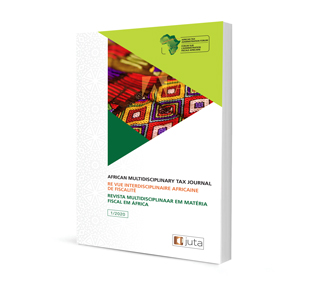
Application of Autoregressive Distributed LAG Models to Evaluating Malawi’s Tax Revenue Productivity and Tax Administration Reform
Author: Isaac Yamikani Chilima
ISSN: 2709-8575
Affiliations: Assistant Professor of Economics and Business, and Chair of Economics, School of Business and Leadership, Colorado Christian University
Source: African Multidisciplinary Tax Journal, 2023 Issue 1, p. 170–197
https://doi.org/10.47348/AMTJ/V3/i1a9
Abstract
This analysis demonstrates the application of autoregressive distributed lag (ARDL) models to gauge tax revenue performance in both the short term and the long term, as well as how to incorporate dummies to gauge changes following a popular semi-autonomous tax authority reform. To measure performance, we estimated tax buoyancy, defined as the percentage change in tax revenue in response to the percentage change in the tax base. Using data from 1979 to 2017 from annual economic reports and the United Nations University Government Revenue Dataset, the results show that personal income tax is the most productive of the direct taxes, while VAT is the most productive of the indirect taxes. However, underperforming customs duties estimates were evidence of deep-seated problems, calling for urgent intervention to curb tax evasion, fraud and corruption. Overall, estimates also suggest that tax revenue productivity improved following the tax reform, although the study could not fully credit the improvement to the reform itself.